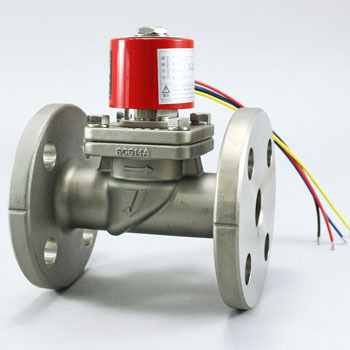What is a Solenoid valve? What is a solenoid and what is it used for? Where are solenoid valves used? What are three types of solenoids? What is an example of a solenoid?
The solenoid valve is a valve that opens and closes thanks to the action of an electric current. It is also known as an automatic valve … The purpose of the valve is to control the refrigerant in the pipeline through supply control, which can be considered as an automatic and applied valve. much about automatic solvent control work.
1- Structure of solenoid valve
There are many types of solenoid valves, but the general structure of the solenoid valve consists of 4 parts
– Valve body
– Valve disc (some types are diaphragm)
– Springs
– Electric coils
2- Classification of solenoid valves
They are divided into several categories according to the structure, material, application as we use and call
– Structure: 2-way solenoid valve, 3-way solenoid, flange solenoid valve, threaded solenoid valve …
– Materials: stainless steel solenoid valve, copper solenoid valve …
– Medium: pneumatic solenoid valve, steam solenoid valve, water solenoid valve …
– Voltage: 24V solenoid valve, 220v solenoid valve …
But actually such a division is inaccurate and inaccurate about the nature of the valve. The solenoid valve is actually an automatic valve to control the solvent so that it can only be classified into two categories as follows:
– Normally closed solenoid valve
– Normally open solenoid valve

3- Applications of the solenoid valves
As mentioned above, the solenoid valve nature is a type of automatic valve counting the control of the solvent in the pipeline so that it is applied practically in daily life and in industries.
– Life: application for automatic watering systems for plants, automatic water supply systems …
– Industry: used for gasoline, gas, compressed air, water, steam. For petroleum, fertilizer, sewage treatment, food and pharmaceutical, beverage factories …